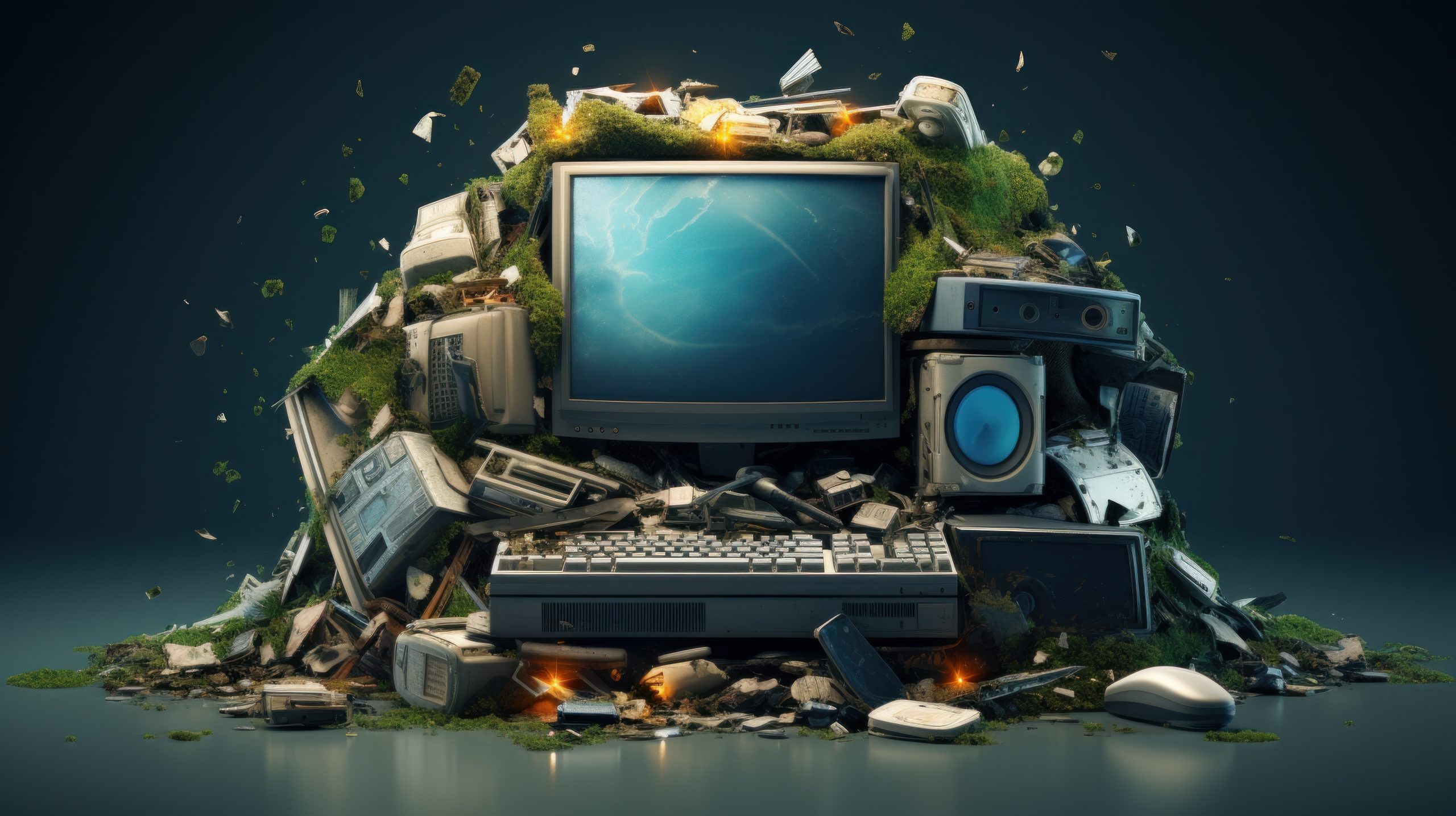The Growing Concern of Electronic Waste


Introduction
In today’s rapidly evolving digital world, electronic devices have become an important part of our lives. From smartphones and laptops to TVs and kitchen appliances, we rely on these gadgets for convenience and entertainment. However, with the constant innovation in technology, there’s also a significant downside: electronic waste. This blog post delves into the world of electronic waste, its environmental and health implications, and offers practical solutions to reduce its impact.
Understanding Electronic Waste
Electronic waste refers to electronics that are thrown away and electrical equipment. These include old computers, mobile phones, televisions, and various household appliances. E-waste is a growing environmental issue due to the following reasons:
- Toxic Materials: Electronic devices often contain hazardous materials like lead, mercury, cadmium, and arsenic. And when improperly disposed of, these toxins can pollute soil, water, and air, posing significant risks to both the environment and human health.
- Rapid Obsolescence: The nature of technology leads to shorter time frames for electronic devices. Consumers frequently upgrade to newer models, discarding perfectly functional gadgets, which contributes to the e-waste problem.
The Environmental and Health Impacts of E-Waste
- Environmental Pollution: Electronic waste that ends up in landfills or is incinerated releases harmful chemicals into the environment. Furthermore, this pollution can have large impacts, affecting ecosystems and water sources.
- Human Health Risks: Workers involved in informal e-waste recycling, often in developing countries, are exposed to toxic substances without proper protection. This leads to severe health issues like respiratory problems, organ damage, and developmental disorders.
Responsible Electronic Waste Management
The key to addressing the e-waste crisis is responsible disposal and recycling. Here are some steps that individuals, businesses, and governments can take:
- Reduce and Reuse: Whenever possible, extend the time you have with your electronic devices by repairing and upgrading them. Thus, Consider purchasing second-hand electronics or donating your old devices to those in need.
- Recycling Centers: Locate local electronic waste recycling centers and drop off your electronics for proper disposal. These facilities are equipped to handle e-waste.
- Eco-Friendly Manufacturers: Support companies that prioritize eco-friendly product design and take-back programs. Besides, These manufacturers often facilitate responsible disposal of their products.
- Legislation and Regulation: Lastly, Governments should implement and enforce strict regulations for e-waste disposal. This includes setting recycling targets, banning hazardous materials, and promoting e-waste awareness campaigns.
Conclusion
In conclusion, electronic waste is a critical issue that demands our attention. By understanding the environmental and health implications of e-waste and adopting responsible disposal practices, and we can collectively work towards a more sustainable future for our planet.



